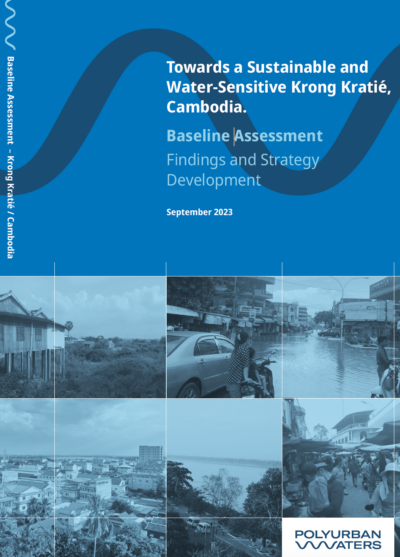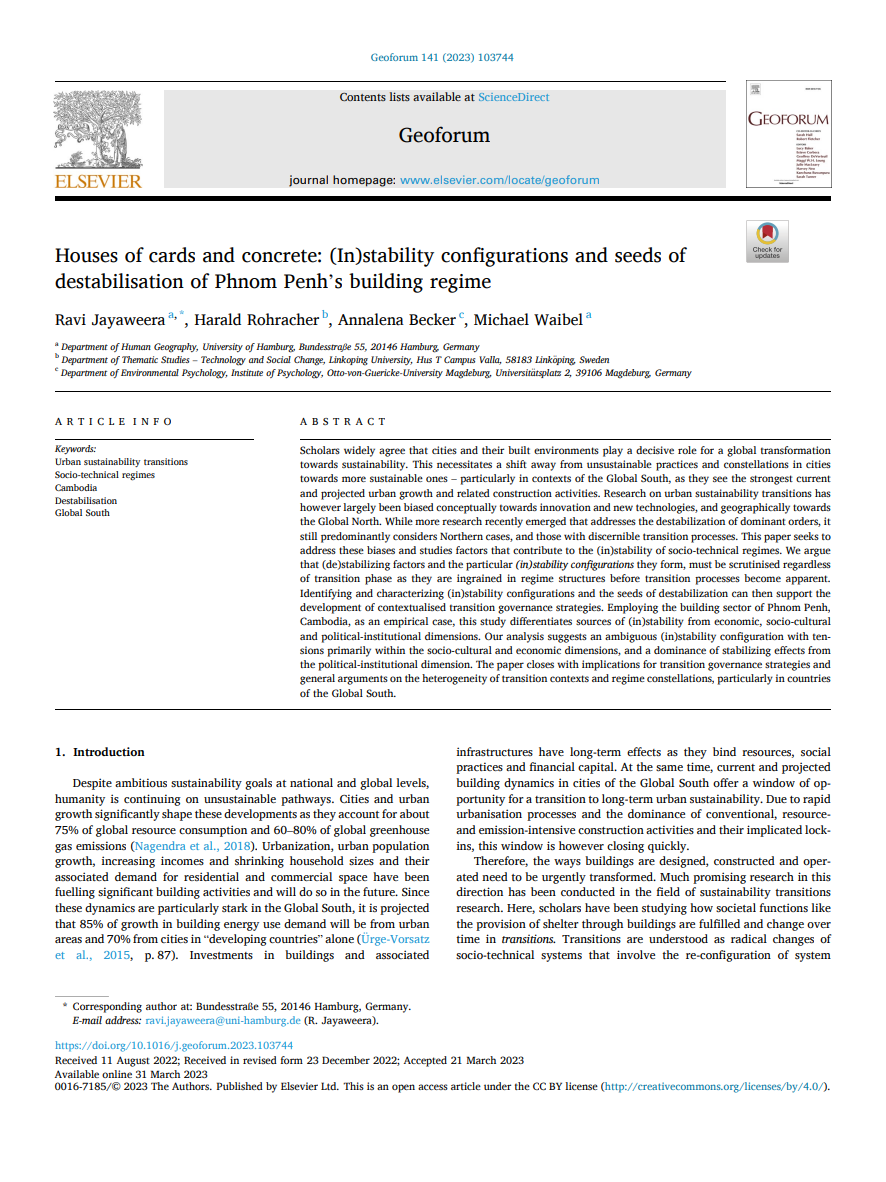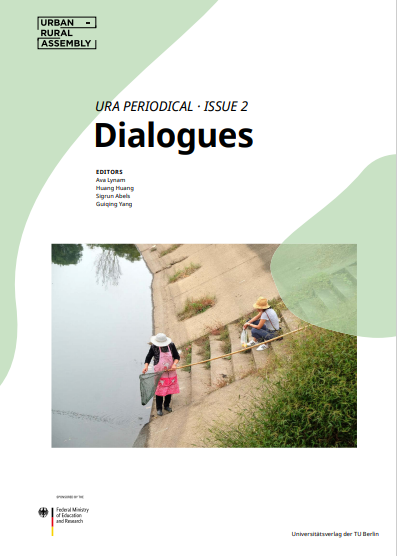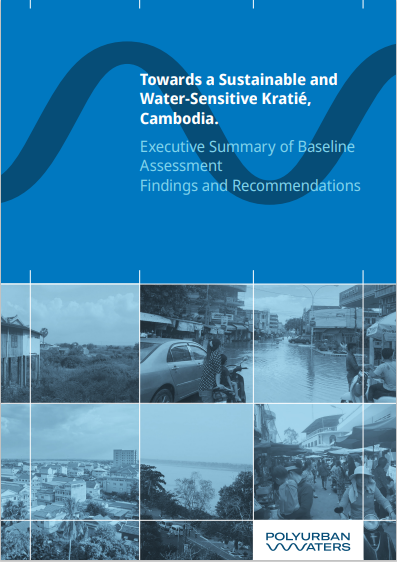Rapid urbanisation in the global south has often introduced substantial and rapid uncontrolled
Land Use and Land Cover (LULC) changes, considerably affecting the Land Surface
Temperature (LST) patterns. Understanding the relationship between LULC changes and LST is
essential to mitigate such effects, considering the urban heat island (UHI). This study aims to elucidate
the spatiotemporal variations and alterations of LST in urban areas compared to LULC changes.
The study focused on a peripheral urban area of Phnom Penh (Cambodia) undergoing rapid urban
development. Using Landsat images from 2000 to 2021, the analysis employed an exploratory
time-series analysis of LST. The study revealed a noticeable variability in LST (20 to 69 ◦C), which
was predominantly influenced by seasonal variability and LULC changes. The study also provided
insights into how LST varies within different LULC at the exact spatial locations. These changes
in LST did not manifest uniformly but displayed site-specific responses to LULC changes. This
study accounts for changing land surfaces’ complex physical energy interaction over time. The
methodology offers a replicable model for other similarly structured, rapidly urbanised regions
utilising novel semi-automatic processing of LST from Landsat images, potentially inspiring future
research in various urban planning and monitoring contexts.
Publications
The members of the inter- and transdisciplinary funding priority »Sustainable Development of Urban Regions« publish their research results in various types of publication, that are appropriate for the respective research and implementation. In addition, the funding priority itself issues different formats of publication in which the international researchers of SURE publish their results.
A chronologically ordered selection of SURE related publications can be found here. If you are interested in a comprehensive list, please visit the individual websites of the SURE collaborative projects!





